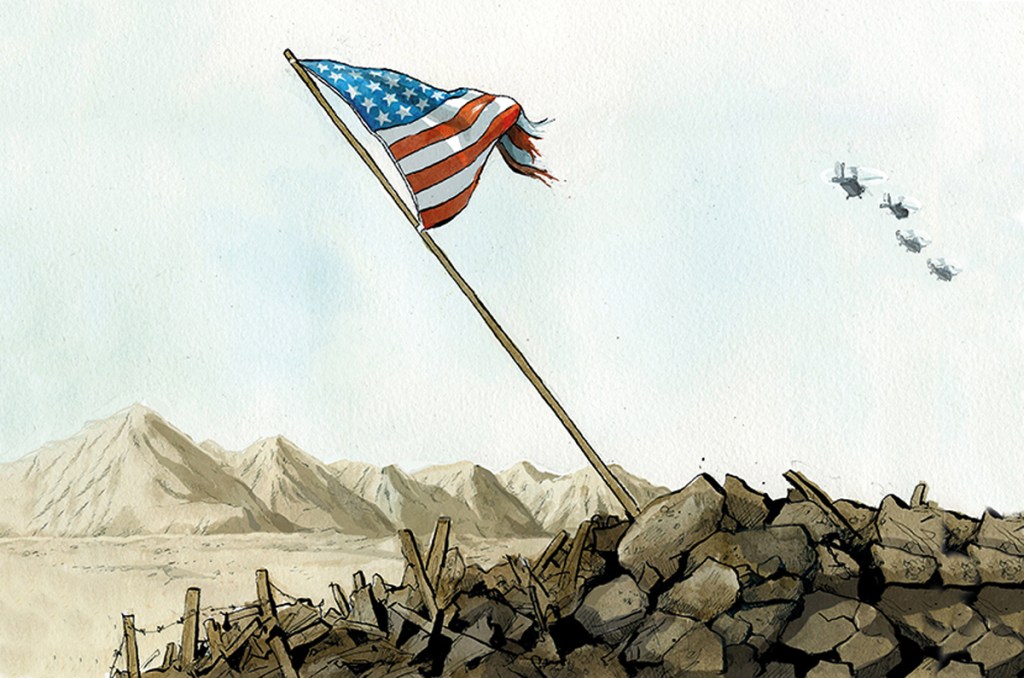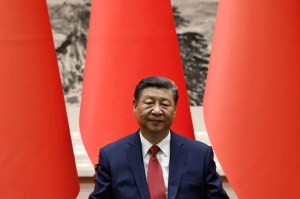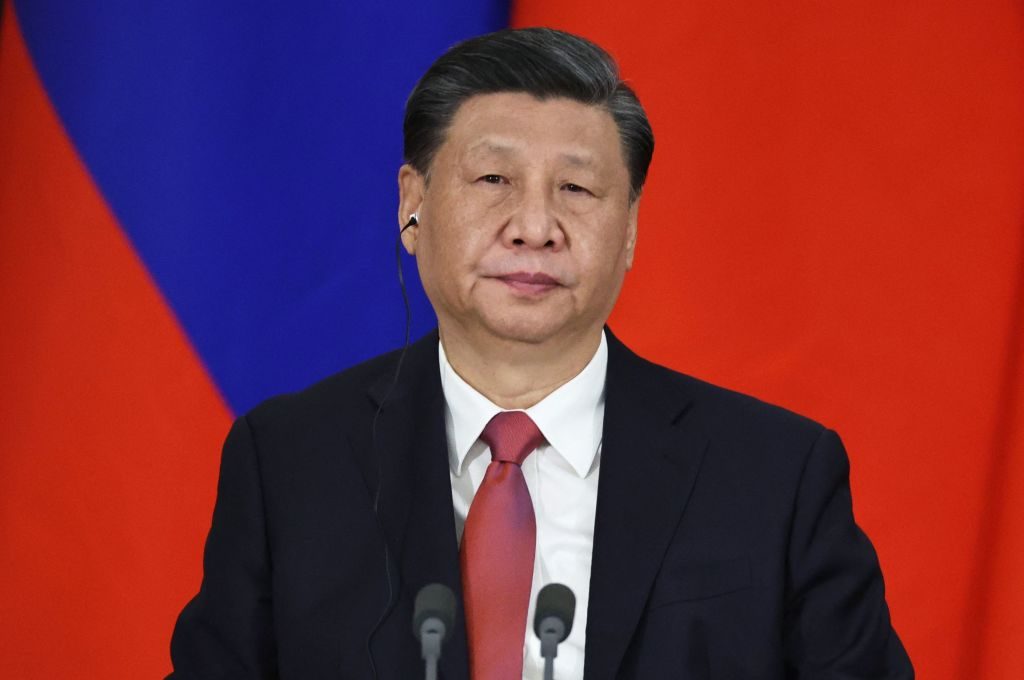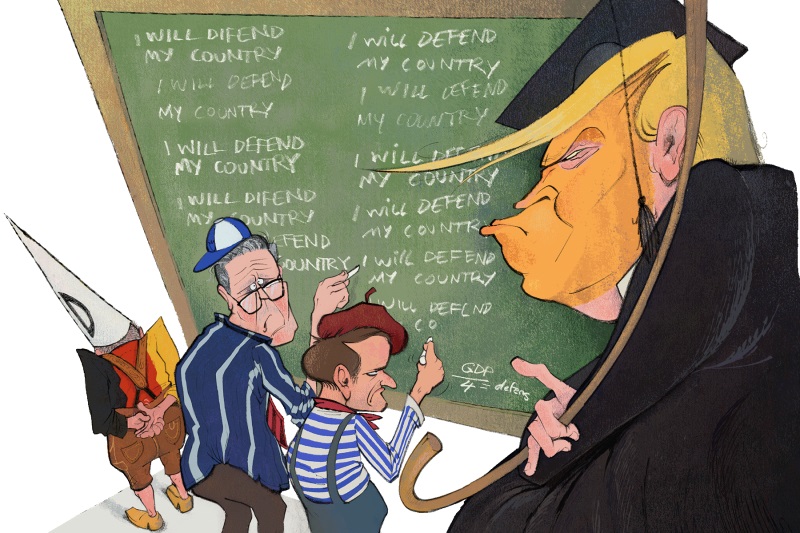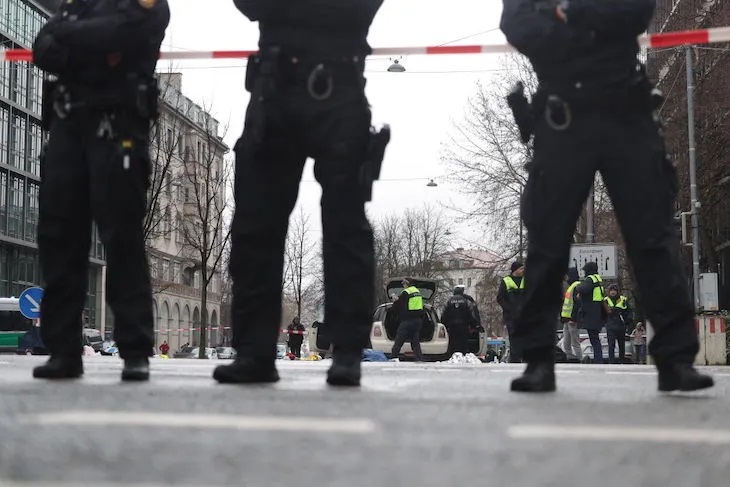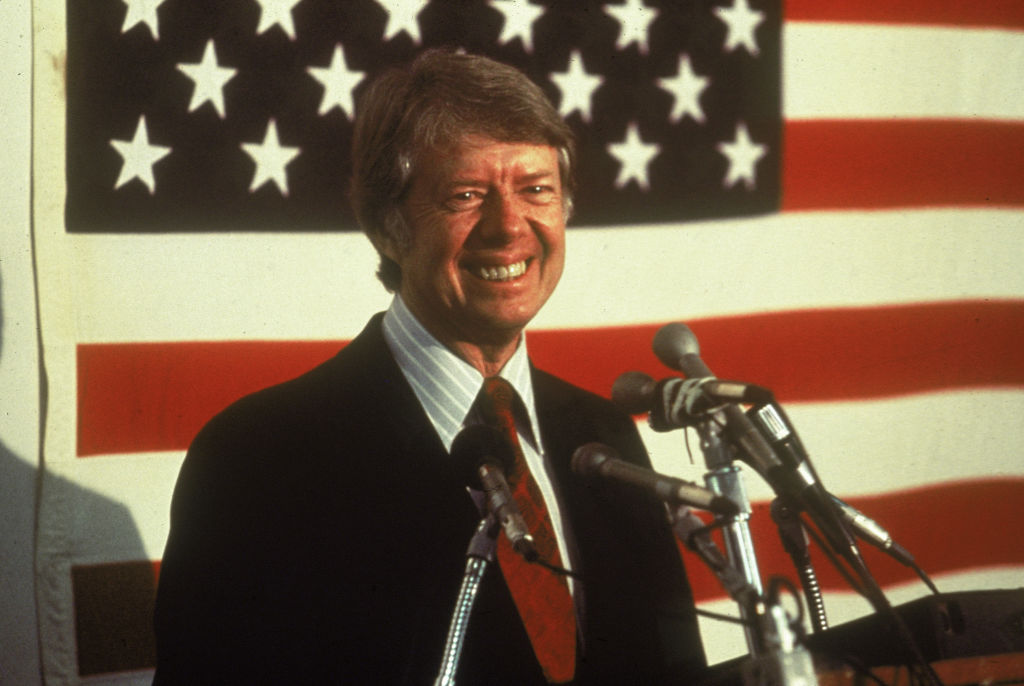The greatest American defeat of modern times was — until very recently — Vietnam. The fundamental reason for the debacle was clear. As Washington was loath to turn the Cold War into a hot one, it was unable to stem Soviet support for the Vietcong. This left America with a choice: mount a full invasion of North Vietnam or suffer the indignity of a humiliating retreat. It chose the latter.
That same strategic error could be seen this summer on the streets of Kabul. But this time, the opposing power was Pakistan. Two decades ago, in the aftermath of 9/11, Islamabad trumpeted the severance of its bond with the terrorist militia on its northern border. The truth, however, was rather different.
The Machiavels in Pakistan’s military establishment allowed the Taliban to take refuge in the north of the country, evading the American war machine. There, under the auspices of Pakistan’s feared Inter-Service Intelligence Agency, the fanatics ran huge training camps, waiting for the day that Washington lost the stomach for a fight.
Tens of thousands of Taliban and al-Qaeda fighters were given money, military training and accommodation in the camps. Recently, Pakistan’s interior minister confirmed to journalists that Taliban militants even received medical treatment near Islamabad, hundreds of miles from the Afghan border.
Members of the Haqqani network — the most notorious and deadly Taliban sect — were treated as guests of Pakistan. As money poured into the network’s coffers from extortion, ransoms and smuggling, Khalil Haqqani himself was frequently seen at the Inter-Service Intelligence Agency headquarters.
The irony of the story is almost painful. To begin with, the Taliban themselves had been kick-started by US funding. In the early 1980s, when Afghanistan was under Soviet occupation, the United States and Saudi Arabia funneled cash and equipment through Pakistan to support the nascent Taliban in their fight against the Reds.
After Russia was driven out and the country dissolved into factional warfare, the Taliban — brought to life in large part by American dollars — began to flirt with al-Qaeda. While Washington was caught napping, Pakistan kept the support pumping and the Taliban grew. Then came 9/11. Shortly afterwards, US boots hit the streets of Kabul.
According to the American intelligence community, the Haqqani network was responsible for some of the highest profile attacks during the ensuing Afghan war. In 2008 and 2009, its fighters launched two devastating suicide attacks against the Indian embassy in Afghanistan, killing 75 people. In 2011, they mounted an assault on the Kabul Intercontinental Hotel; that September, they participated in a sophisticated, day-long assault against major targets in the city, including the US Embassy. In 2013, Afghan security forces intercepted the largest truck bomb ever built. It had been heading for a US military base in eastern Afghanistan, laden with 61,500lb of explosives — 10 times the size of the truck bomb that killed 168 people in Oklahoma City in 1995. The Haqqani network was behind it.
Fast forward to 2021, and the very same Khalil Haqqani has taken charge of security in Kabul. (‘If we can defeat superpowers, surely we can provide safety to the Afghan people,’ he bragged to Al Jazeera.) Last week, the Taliban made Haqqani minister of refugees in its newly formed Islamic Emirate. A $5 million American bounty remains, impotently, on his head.
Washington’s failure to stop Pakistan funding, nurturing and assisting the Taliban was a truly egregious strategic error. Unlike the Vietcong, this baby could easily have been deprived of its mother’s milk. Pakistan is a nuclear power, but it would never have dared threaten the United States, even if it had had the capability (it didn’t). And there was no Pakistani-American power struggle comparable to the Cold War. This was a problem that could have been solved.
In 2008, two months after Barack Obama came to power, vice president-elect Joe Biden sat with the then-Afghan president Hamid Karzai in the Arg Palace, the leader’s 83-acre compound in Kabul. Karzai begged Biden to exert pressure on Pakistan to help root out the Taliban. The future president’s answer left Karzai dumbfounded: ‘Mr President,’ he said, ‘Pakistan is 50 times more important than Afghanistan for the United States.’
Biden’s attitude — that the stakes were too high in Pakistan and too low in Afghanistan — was typical of the United States diplomatic classes. And as in Washington, so in London. Her Majesty’s government, one of Pakistan’s largest aid donors, spent years shoveling taxpayers’ cash to Islamabad, looking the other way while it rigged elections, murdered journalists and human rights activists, and supported the Taliban. That money could have come with conditions. But the political will wasn’t there.
Astonishingly, between 2002 and 2011, Congress approved $18 billion in military and economic aid to the Taliban’s sponsor. That’s another lever that should have been pulled. Sanctions on Pakistan would have had a profound effect, as would the threat of support for India in Kashmir. But tragically, no diplomatic action was taken — even to ensure the safety of America’s friends.
The Vietnam war left the United States with deep and permanent scars. A war that cost more than $120 million triggered widespread inflation, which added to the 1973 oil crisis to send fuel prices soaring.
But the psychological damage ran deeper still. The myth of American invincibility had been exposed forever, and domestic unity was shattered. The swaggering post-World War Two superpower developed a new hesitancy in its stride, one that was closely observed by its emboldening enemies.
It was a dark mirror of what was to come.
This article was originally published on The Spectator’s UK website.



